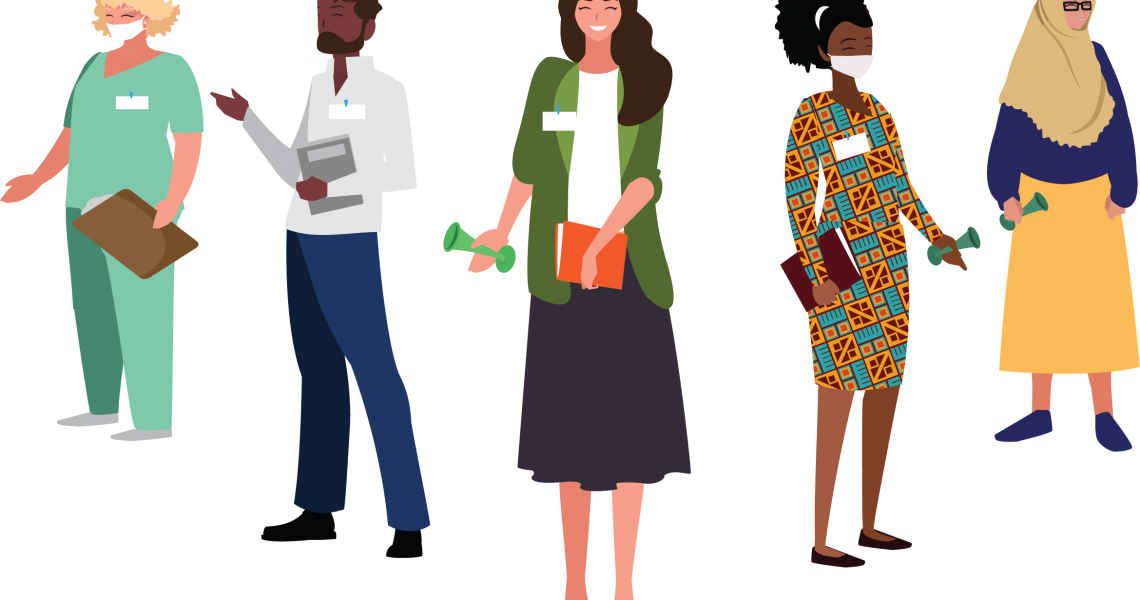Today is International Day of the Midwife (IDM) under the theme of “Follow the Data: Invest in Midwives.” With this day and subject International Confederation of Midwives (ICM) leads ongoing and growing efforts to centre midwives as fundamental to improving quality maternal and newborn care, ending preventable maternal and newborn deaths.
2021 State of the World’s Midwifery (SoWMy) Report is published today and it gives an updated evidence base and detailed analysis on the impact of midwives on maternal and newborn health outcomes and the return on investment in midwives, to improve quality maternal and newborn care, to end preventable maternal and newborn deaths and achieving SDG 3.1 (reduce the global maternal mortality ratio to less than 70 per 100 000 live births by 2030).
Here are some points from the The State of the World’s Midwifery 2021report, dedicated to all health workers who have lost their lives to Covid-19:
- • Analysis indicates that fully educated, licensed and integrated midwives supported by interdisciplinary teams can deliver about 90 per cent of the essential SRMNAH* interventions across the life course, yet they account for less than 10 per cent of the global SRMNAH workforce – investment is urgently needed in education and training; management, regulation and work environment; leadership and governance, and service delivery
- • Many countries, including high-income countries, are forecast to lack sufficient SRMNAH workers to meet demand by 2030. Covid-19 has reduced health workforce availability, and access to SRMNAH services in a safe environment needs to be prioritised despite the pandemic – globally, 6.5 billion SRMNAH worker hours would have been required to meet all the need for essential SRMNAH care in 2019. This is projected to increase to 6.8 billion hours by 2030. Just over half (55%) of the need is for maternal and newborn health interventions (antenatal, childbirth and postnatal care), 37% is for other sexual and reproductive health interventions such as counselling, contraceptive services, comprehensive abortion care, and detection and management of sexually transmitted infections, and 8% is for adolescent sexual and reproductive health interventions
- • Access to SRMNAH services needs to be prioritized, and provided in a safe environment, despite the pandemic. SRMNAH workers need protection from infection, support to cope with stress and trauma, and creative/innovative solutions to the challenges of providing high-quality education and services
- • Limited opportunities for midwives to hold leadership positions and the scarcity of women who are role models in leadership positions hinder midwives’ career advancement and their ability to work to their full potential
- • Resilient health systems grounded in primary health care are vital to the health and well-being of every woman, newborn and adolescent
- • The health workforce is on average 70% women, with gender differences by occupation. Midwives are more likely to be women; they experience considerable gendered disparities in pay rates, career pathways and decision-making pow
- • The report focuses on the crucial need to improve the availability, accessibility, acceptability and quality of midwifery services. Despite a steady drop in maternal and newborn deaths since 1990, hundreds of thousands of women and newborns continue to die each year during pregnancy and childbirth
Read the full report here: The State of the World’s Midwifery 2021
We support midwives with improved environmental safety – SleepAngel Medical Barrier Bedding provides safe and clean environment for midwives, supporting staff, patients and the precious newborns.
*Sexual, Reproductive, Maternal, Newborn and Adolescent Health (SRMNAH)

